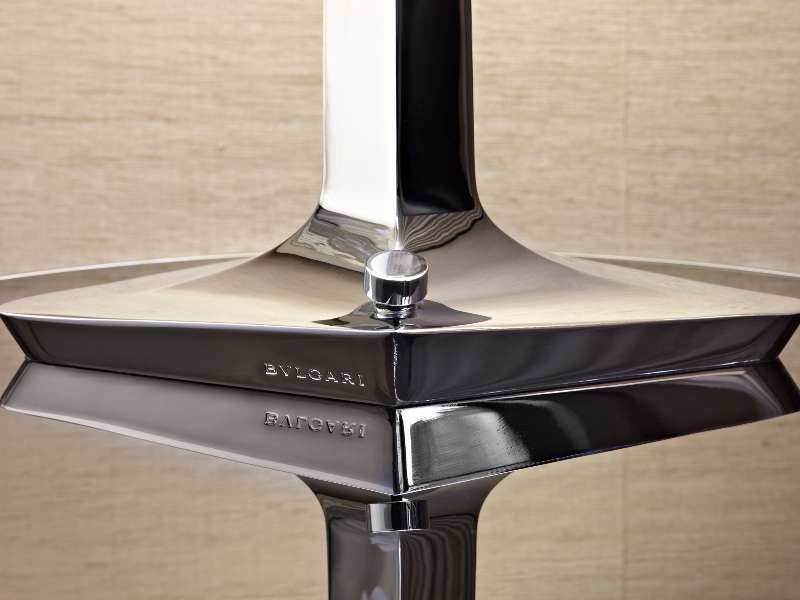ヘリコプターでのツアー
テムズ川クルーズ
ファミリー体験
London Street Art Experience
Foodie Tour of London
London Rock ‘n’ Roll Tour
Dog Concierge
特別プラン
フォトギャラリー
ホットな情報
私たちのギフト
ブルガリについて

.jpg/jcr%3Acontent)
































